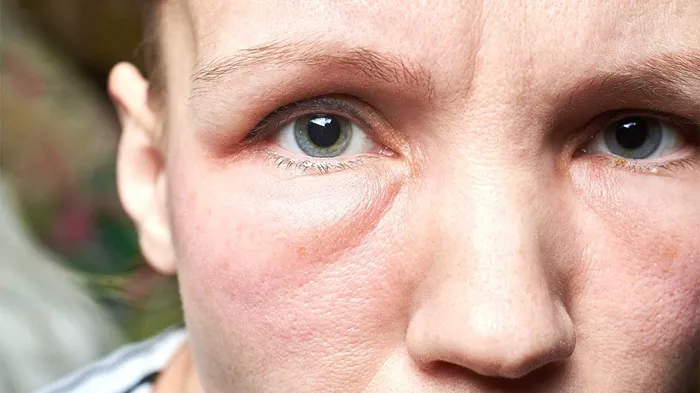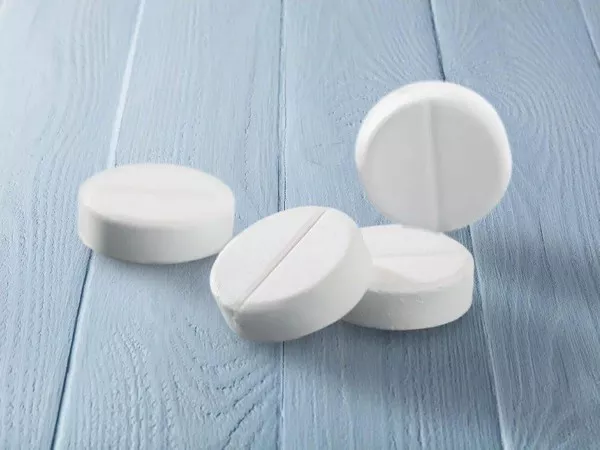A cesarean section, commonly known as a C-section, is a major abdominal surgery used to deliver a baby when vaginal delivery is not possible or safe. After the excitement of childbirth settles, what remains for the mother is a healing journey that begins with proper incision care. While hospitals offer immediate postoperative support, the real challenge often begins once the mother returns home. Without proper attention, the incision site can become a source of complications ranging from mild discomfort to serious infections.
The C-section incision is more than just a line across the lower abdomen—it represents the layers of tissue, muscle, and skin that were carefully cut and stitched during the procedure. Caring for this area involves more than applying cream or keeping it dry. It requires attention to hygiene, movement, diet, clothing, and signs of healing. Each small habit contributes to how smoothly and safely the wound heals. Effective home care can mean the difference between a smooth recovery and an extended, painful one.
What Does a Normal Healing Incision Look Like?
In the days immediately after surgery, the incision will look like a thin line across the lower part of the abdomen, usually just above the pubic hairline. It may be slightly raised or swollen and can range in color from pink to reddish. The area may feel numb, itchy, or tender to the touch. These are all normal signs that your body is working to repair itself. The incision may be closed with dissolvable stitches, staples, or surgical glue, depending on your doctor’s method.
Over time, the redness should fade, and the incision line should gradually flatten. The skin might feel tight when you move, especially if you laugh, sneeze, or get up from bed. It’s common to feel some pulling or aching in the first few weeks. However, the pain should steadily decrease rather than get worse. Understanding what to expect helps reduce anxiety and empowers you to recognize when something may be going wrong.
How to Keep the Incision Site Clean
Cleanliness is the first priority in C-section wound care. In the hospital, nurses usually clean the area daily and teach you the basics. At home, the process continues with gentle care and hygiene. Wash your hands thoroughly before touching the incision. Use mild soap and warm water in the shower, allowing water to run gently over the site. Avoid scrubbing or soaking the area. Pat it dry with a clean towel afterward.
You do not need to apply antiseptics unless advised by your doctor. In fact, overuse of alcohol or hydrogen peroxide can dry out or irritate the healing skin. If your incision is covered by a bandage or dressing, change it as directed by your healthcare provider. Once your provider gives the go-ahead, you can leave the wound open to the air, which may speed up healing. Keeping the site clean and dry is your best defense against infection.
Choosing the Right Clothing During Recovery
The clothes you wear can significantly impact your comfort and healing. Choose loose-fitting garments made from breathable fabrics like cotton. Avoid clothing that presses against the incision or causes friction. High-waisted underwear and maternity pants are ideal as they sit above the wound and reduce rubbing. Seamless underwear can also prevent irritation around sensitive areas.
Some women prefer wearing postpartum support bands or belly binders, which can reduce movement of the abdominal muscles and give a sense of stability. However, these should be used only with your doctor’s approval, as too much pressure may hinder blood flow and healing. The key is to strike a balance between comfort, protection, and support. Avoid tight jeans or waistbands for at least six weeks or until the incision has healed completely.
Managing Pain Without Hindering Recovery
Pain management is essential for maintaining mobility and well-being. In the first few days, your doctor may prescribe medications such as acetaminophen, ibuprofen, or stronger painkillers. It’s important to take them as directed, even if you feel fine. Skipping doses can lead to increased discomfort, which may prevent you from moving, coughing, or even feeding your baby comfortably.
In addition to medications, use simple physical techniques to ease discomfort. Support your abdomen with a pillow when coughing or sneezing. Try sleeping on your side with a pillow between your knees to reduce pressure on the belly. Move slowly when getting up from a lying position. Breathe deeply and exhale as you rise, using your arms for support. Pain is a natural part of healing, but it should not dominate your recovery. If the pain worsens instead of improving, seek medical advice.
Watching for Signs of Infection
One of the most serious risks after a C-section is infection at the incision site. Signs of infection can include increased redness or swelling, pus or discharge with a foul odor, warmth around the wound, fever, or increasing pain that doesn’t improve with medication. If any of these occur, contact your doctor immediately.
Infections can start under the skin and may not be visible at the surface. That’s why it’s important to stay alert to overall symptoms, including body aches, chills, or fatigue that goes beyond normal postpartum tiredness. Early detection and treatment with antibiotics can prevent complications and speed recovery. Never try to treat an infection at home with home remedies or leftover medications. Always consult a professional if you’re concerned.
How to Support Your Body Through Nutrition
Healing after surgery is demanding, and your body needs nutrients to rebuild tissue and fight infection. Focus on a diet rich in protein, which supports tissue repair. Include lean meats, eggs, beans, tofu, and dairy products. Iron-rich foods like spinach, lentils, and red meat help replenish blood loss from surgery. Vitamin C from fruits and vegetables boosts collagen production and speeds healing.
Hydration is equally important. Drink plenty of water to help flush toxins, maintain breast milk supply, and promote circulation. Constipation is common after surgery and can put pressure on the incision when straining. Fiber-rich foods such as whole grains, fruits, and vegetables help maintain bowel regularity. Avoid processed foods and sugar-laden snacks, which can promote inflammation and slow healing.
Moving Safely Without Harming the Incision
Rest is vital, but complete inactivity can actually slow healing. Gentle movement helps improve blood flow, reduce swelling, and prevent blood clots. Start by taking short walks around the house. Gradually increase your steps each day. Avoid lifting anything heavier than your baby, as this can strain the abdominal muscles and disrupt the incision.
When getting out of bed, roll onto your side first, use your arms to push yourself up, and swing your legs to the floor. This method protects your core and incision from sudden strain. Do not rush back to exercise routines or household chores. Most doctors advise waiting six to eight weeks before resuming moderate activity. Listen to your body, and don’t push through pain or fatigue.
Emotional and Psychological Aspects of Healing
Physical healing is only one part of the postpartum journey. Many women experience emotional ups and downs after a C-section. These may be influenced by hormonal shifts, sleep deprivation, and the physical trauma of surgery. Some women feel disappointment if their delivery didn’t go as planned, or anxiety about their ability to heal and care for a newborn at the same time.
Support from family and friends is crucial during this period. Don’t hesitate to ask for help with meals, laundry, or caring for other children. Joining a new mothers’ group or speaking to a counselor can also help process feelings. Remember that recovery is not a race. Everyone heals at a different pace, and it’s okay to take time to rest and adjust. Treat yourself with patience and kindness, just as you would care for a loved one in your situation.
Long-Term Care and Scar Management
Even after the incision has healed, long-term care is important. The scar may remain red or dark for several months before fading to a lighter line. To help improve the appearance of the scar, you can apply silicone gel sheets or scar-reducing creams after your doctor confirms it’s safe to do so. Massage the area gently with moisturizer to soften the skin and improve circulation.
Avoid direct sun exposure on the scar for at least a year. UV rays can darken the scar and make it more visible. Use sunscreen if the area will be exposed. Continue monitoring the scar for unusual changes like bulges, pain, or growth, as these could indicate complications such as hernias or internal adhesions. If anything feels off, don’t ignore it. A follow-up visit with your OB-GYN is the best way to ensure your body is healing as it should.
When to Call Your Doctor
Certain symptoms should prompt immediate medical attention. These include heavy bleeding, fever over 100.4°F (38°C), severe abdominal pain, foul-smelling vaginal discharge, or difficulty urinating. If your incision starts to open, bleeds excessively, or shows signs of infection, don’t delay seeking care.
Your doctor is your best resource during recovery. Don’t hesitate to call with questions or concerns, even if they seem minor. It’s better to be safe than sorry. A simple phone call can often provide reassurance or lead to timely intervention that prevents bigger problems later.
A Journey of Gentle Healing
Caring for a C-section incision at home requires patience, attention, and self-compassion. It’s not just about protecting a surgical wound—it’s about nurturing a mother who has undergone a significant life event. Each small act, whether it’s cleaning the incision, eating a nourishing meal, or taking a brief walk, contributes to the healing process. Recovery may take weeks or months, but with consistent care, most women heal fully and return to their regular lives without complications.
Above all, remember that healing isn’t linear. There will be good days and tough days. But with the right care, support, and knowledge, you can navigate this journey confidently and safely. Your body has brought life into the world, and it deserves the time and care to restore itself fully.
Related Topics



































